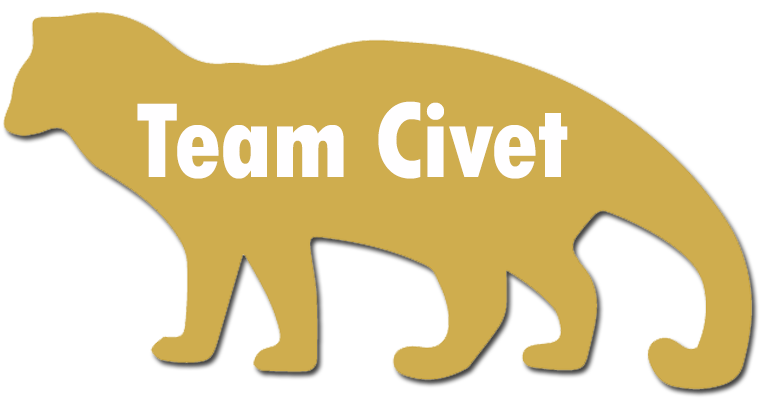Endangered Species Act
The endangered species act only became a law in itself from 1973 and badly needed in order to
protect animals and plant from extinction. To be added to the list the law has classifications like:
Endangered
Endangered – on this list are animals and plants which are falling under the risk of becoming extinct and included in the list are whooping cranes and polar bears.Threatened
Threatened – is just lower that the endangered and it belongs to groups that is likely to become endangered. Threatened animals on this list include the Utah Prairie dog and the Canada lynx. Presently even though numbers changes continuously the threatened list has 300 species while the endangered species list include more than 700 plant species and over 1500 animal species.Extinction
Extinction – this is the tragic list and something many people do not take seriously enough when you hear the word extinct you think of pre historic times and times where dinosaurs lived which we only have pictures of. That is not where it ends as we live in a world where our present animals are often on the brink of extinction and would remain a memory in history if not protected. Even though stricter rules and laws are in place some of the animals that have become extinct include the:Passenger Pigeon
This is an extinct species that died out due to commercial hunting and habitat loss. While there was an estimated 3.5 billion of this bird back in 1866 the last living passenger pigeon died fifty years later in a zoo in Cincinnati.Factors that contribute to extinction include pollution, over consumption, habitat loss and invasive species. Looking at habitat loss you find that the species is forced from its natural area and at invasive it include organisms that are placed in an area that either eats or compete too strongly with the endangered species. Over consumption is very bad on behalf of humans who simply harvest too much of a species either plants or animals.
